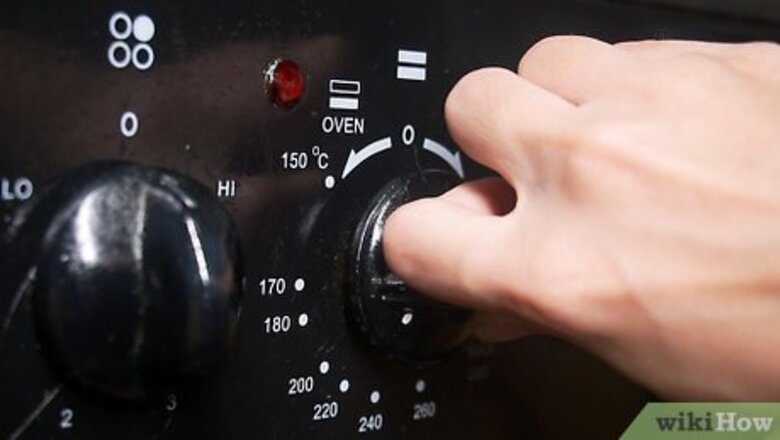
views
Making Oven-Roasted Almonds
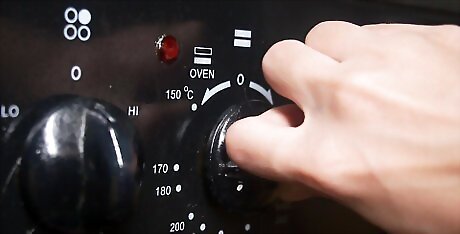
Preheat the oven to 350 °F (177 °C). Most ovens take about 20 minutes to heat up but it will depend on how efficient your model is. Let the oven start heating while you prepare the almonds. Trying to set the oven at a higher temperature to cook the almonds faster will likely burn the almonds or not cook them thoroughly.
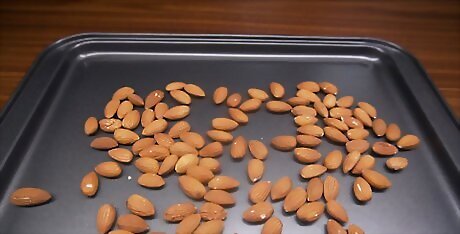
Spread the almonds in a single layer on an ungreased baking sheet. You don’t need to grease the baking sheet because the nuts contain so much natural oil. To help them cook evenly, make sure they are in an even layer and not piled on top of each other. Substitute a 9 in × 13 in (23 cm × 33 cm) baking dish for the baking sheet if you'd like. If you want to coat the nuts in olive oil and other seasonings, toss them in your choice of oil and spices directly on the baking sheet or beforehand in a separate mixing bowl. Topping Options for Roasted Almonds Sweet: Sugar, cinnamon sugar, honey, cocoa powder Savory: Sea salt, garlic powder, seasoned salt, rosemary, barbecue sauce Spicy: Chili powder, hot sauce, buffalo sauce, sriracha, black pepper
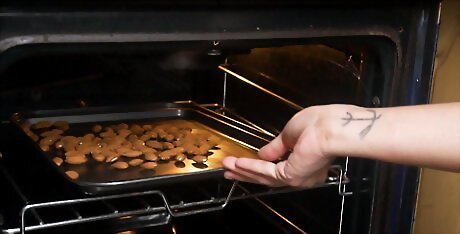
Place the almonds in the oven for 10-15 minutes, stirring frequently. Use a spatula to stir the almonds or gently shake the baking sheet to move the almonds around. Roast them until they’re golden brown and fragrant. The almonds on the edges tend to cook faster so move them to the middle and vice versa when you stir. This allows all of the nuts to roast evenly. Check the nuts often to ensure they aren’t burning or browning unevenly. If they're cooking unevenly, stir them. If they're burnt, remove them from the oven.

Remove the nuts from the oven and place them on another baking sheet. The high oil content of the almonds means they’ll keep cooking outside of the oven, especially if they’re left on the hot baking sheet. Pour or spoon them onto a cool baking sheet. Leaving the almonds on the hot baking sheet will burn them or scorch the bottoms. If you don’t have another baking sheet, a plate or even a paper towel will do.

Let the almonds cool completely before pouring into an airtight container. Storing almonds while they’re still warm increases their risk of molding or going bad because it creates excess moisture. Wait until they’re cool to the touch, then place them in a sealed plastic or glass container. You can use a resealable plastic bag or glass jar, too.

Store dry roasted nuts for 9 to 12 months in the pantry. Place your almonds in a cool, dark place that’s dry to keep them fresh for longer. Throw them away if you notice a rancid odor or if they taste stale. If you coated the nuts in oil, they won’t last as long. A good rule of thumb for those is 3 to 4 weeks at room temperature. To keep the nuts for up to 2 years, place the airtight container in the freezer if it’s freezer-safe.
Making Pan-Roasted Almonds on a Stove Top
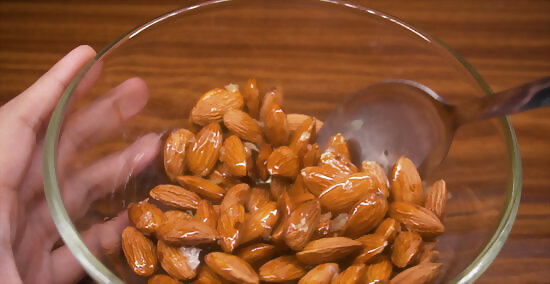
Toss the almonds, olive oil, and sea salt together. Combine the 3 ingredients in a large mixing bowl. Use a spoon to mix the almonds until they are evenly coated with olive oil and salt. Swap olive oil for a different type of oil based on your taste preferences. You could use avocado oil, sesame oil, or an herb-infused oil, for example. You can also use water or lemon juice instead of oil. Another mixing option is to put the 3 ingredients in a resealable plastic bag. Shake it vigorously to coat the almonds.
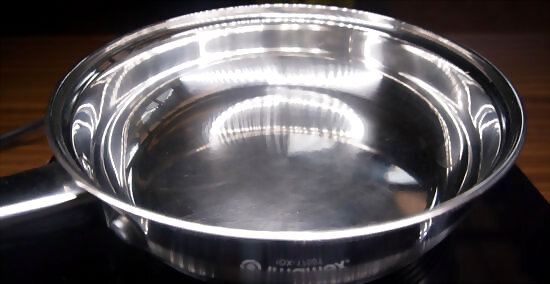
Heat a skillet on the stove top over medium-high heat. You don’t want the pan to be so hot that it burns the almonds. If your stove top dial has 9 settings, medium-high heat would be anywhere from 5 to 7. Choose a skillet that’s big enough that the almonds won’t be overcrowded. A cast iron skillet or a frying pan with high edges will also work. To determine what medium-high heat is, hold your hand 2 to 3 inches (5.1 to 7.6 cm) above the burner. If you can hold it there for a few minutes before it gets too hot, it’s medium to medium-high.
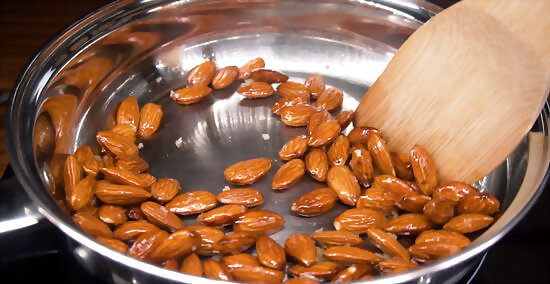
Pour the almonds into the heated skillet and roast them for 5 minutes. Keep the almonds on the stove until they’re a golden-brown color. Stir them frequently with a spatula so they don’t stick to the bottom of the skillet. Sample 1 almond after the 5 minutes is up. If it doesn’t taste fully roasted, continue cooking the almonds.
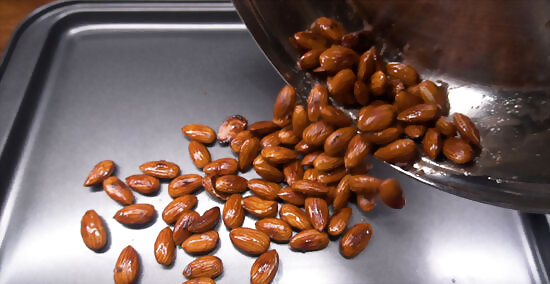
Let the almonds cool completely on a baking sheet. The almonds need to be cooled before they can be stored so you don’t trap moisture in the container and risk ruining them. Spread them in a single layer on the baking sheet for the fastest cooling time. You can use a sheet of parchment paper instead of a baking sheet. Don’t leave the almonds in the pan to cool as the heat will continue cooking them.
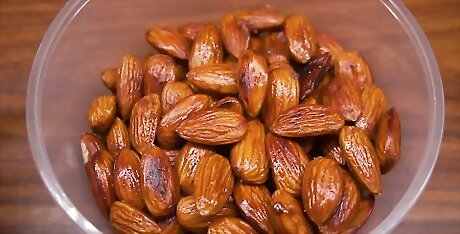
Store the almonds in a container at room temperature for 3 to 4 weeks. Choose an airtight plastic or glass container to keep the almonds fresh. A dry, dark area like the pantry or a cupboard is best for storage. Eat the almonds as a snack or use them as salad or yogurt toppings.
Making Honey Roasted Almonds
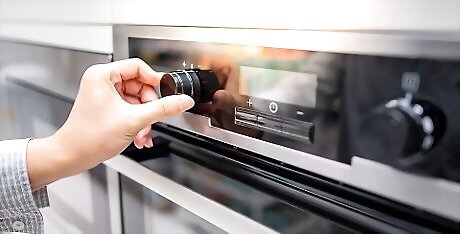
Preheat your oven to 350 °F (177 °C). While your oven is preheating, spread 2 cups of almonds on a baking sheet. Place a square of parchment paper over the pan before you add the almonds to make cleaning the pan after baking easier. Spray vegetable oil on the pan or grease the pan with butter before baking if you don't have parchment paper. Spread the almonds over a single layer on the baking sheet. If your sheet is too small, use 2 sheets.

Mix 1/4 cup white sugar and a pinch of salt in a large bowl. Continue mixing until the sugar and salt are evenly blended. Set the bowl aside, away from your prep space, until after you have cooked the almonds. For spiced honey almonds, add 1 tablespoon (14.8 ml) cayenne powder to your sugar and salt mixture.
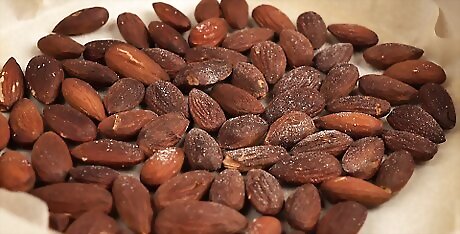
Bake your almonds in the oven for 10-15 minutes. Keep the oven closed while you bake so your almonds can cook quickly. Do not remove the almonds from the oven until they turn a golden brown color and have a strong nutty smell.
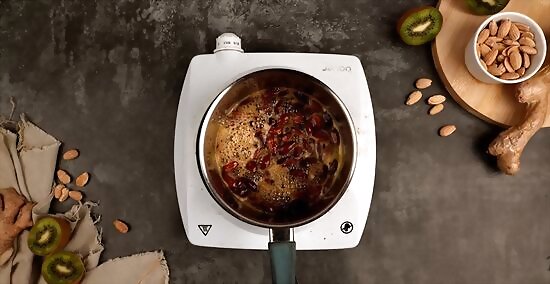
Stir 1/4 cup honey and 2 tablespoon (29.6 ml) water in a large saucepan. Turn your stove to medium heat and bring the saucepan to a boil. Add the almonds to the saucepan and stir the almonds continuously for 5 minutes as they absorb the liquid.
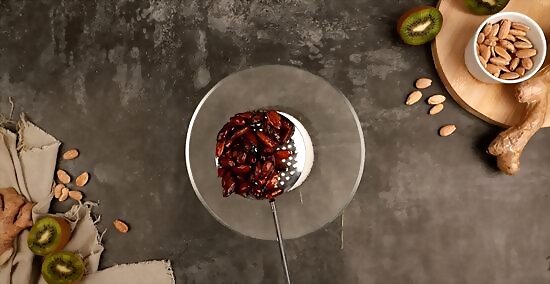
Transfer your almonds to your bowl of sugar mixture. Do not wait for your almonds to cool—the almonds need to be hot so the sugar can stick. Mix your almonds for about 2-3 minutes so they are evenly coated with the sugar.
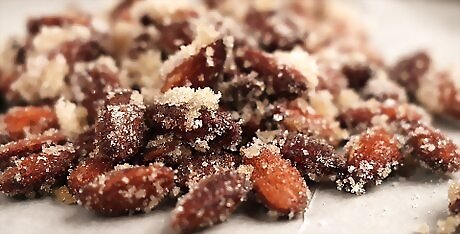
Spread the almonds on parchment paper. Let them cool for about 30-40 minutes so the sugar can crystallize. When your almonds are dry and cool, serve them as desired or store them at room temperature.
Baking Cinnamon Almonds

Preheat your oven to 350 °F (177 °C) and grease a baking sheet. Use butter or a vegetable oil spray so the almonds do not stick to your baking sheet as they cool. Set the baking sheet aside until you're ready to cook the almonds.
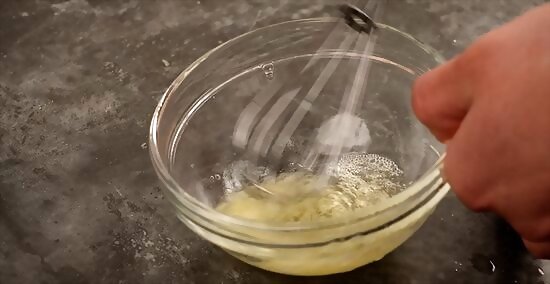
Lightly beat 1 egg white in a small bowl. Using a whisk, stir your egg white in a quick, circular motion. Slowly add 2 tablespoon (29.6 ml) water as you whisk the egg. Continue whipping your egg white until the consistency turns fluffy and soft. Separate your egg before beating it to completely remove the yolk.
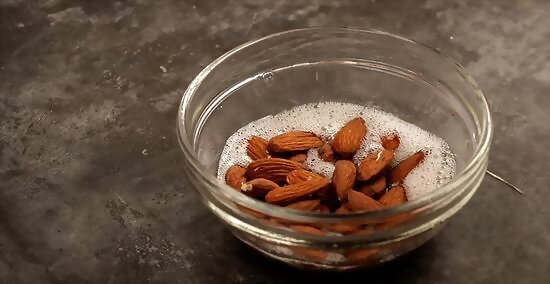
Add the raw almonds to the bowl of egg whites. Stir the almonds into the beaten egg whites using a large spoon. Continue mixing the almonds until they are lightly coated in the egg whites.
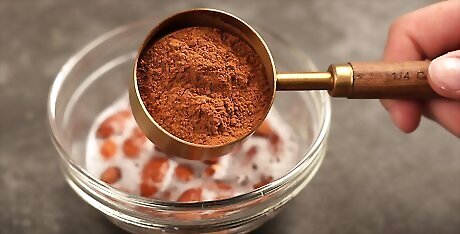
Mix 1/2 cup white sugar, 1/4 cup cinnamon, and a pinch of salt in a bowl. Continue stirring the mixture until the cinnamon and sugar are evenly blended. Spread your almonds over the baking sheet in a single layer, then sprinkle the cinnamon-sugar mixture evenly over the almonds.
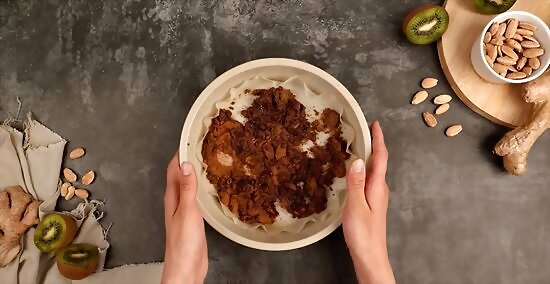
Bake your almonds for 25-30 minutes. After 25 minutes have passed, open the oven to check on your almonds. When your almonds are finished baking, they should turn golden brown and have a sweet, nutty smell. If you prefer crunchier almonds, leave them in the oven for the full 30 minutes.
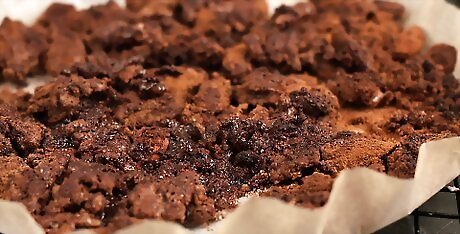
Cool your almonds on a baking rack for 10-15 minutes. Cinnamon almonds are often served hot. Serve them after 10 minutes have passed, while they are still warm, for the best flavor.




















Comments
0 comment